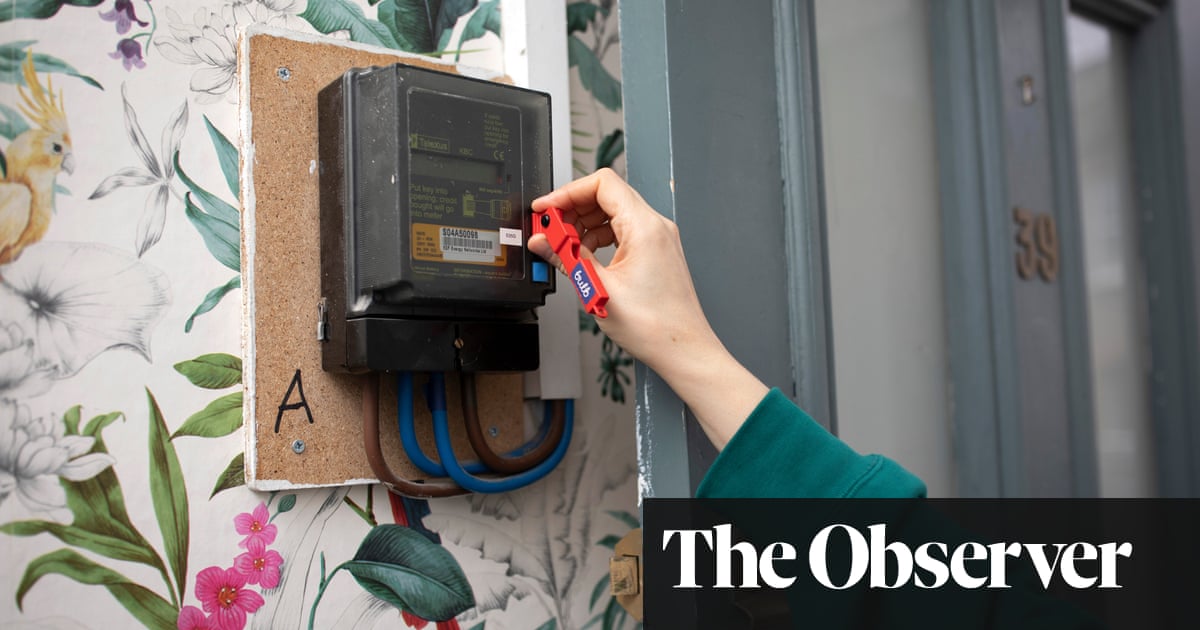
We hadn’t even left Seahouses harbour when we caught sight of them: a flock of female eider ducks, accompanied by a flotilla of tiny chicks. Unusually, the females don’t just look after their own offspring but form creches, taking turns to keep an eye on all the youngsters as they dive beneath the waves to feed.
Eiders are Britain’s largest and heaviest duck, built like a heavyweight boxer. More surprisingly, they are also the UK’s second commonest breeding duck, behind the ubiquitous mallard.
Earlier this year, the males were a striking black and white, with a pea-green neckpatch and pinkish hue on their breast. But by now they have moulted into their “eclipse” plumage, and look more like the dark brown females.
The name “eider” comes from Old Icelandic, and has found fame in the name of the (now more or less obsolete) eiderdown. These were originally filled with the soft down plucked from the female’s breast, which she uses to keep her eggs warm in the chilly northern climes where eiders breed.
Here in Northumberland, they are also known as St Cuthbert’s (or Cuddy’s) duck, after the seventh-century saint who lived and died on the nearby Farne Islands.
But I prefer the name coined inadvertently by a young lad, who got confused about the eiderdown story, and excitedly announced: “Look mum, look dad: a duvet duck!”












